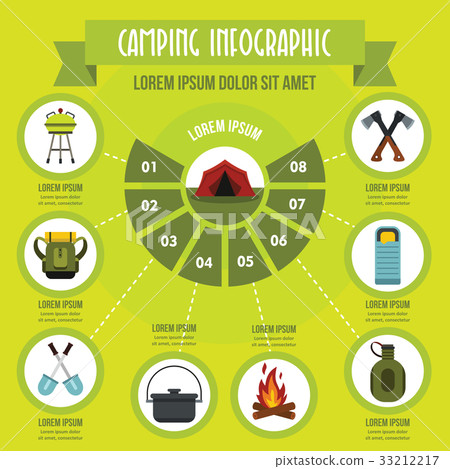Comparing Ventilation Systems Across Wall Tent Brands
Multi-Purpose Makes Use Of for Rain Flies in CampThe rain fly is an essential component of your outdoor tents, shielding it from rain, wind and severe sunlight. Whether you choose a roomy multi-room tent or lightweight backpacking tent, you'll find that a high quality rainfly improves your outdoor experiences.
Search for a rainfly with long lasting products and a high water-proof rating. Think about the weight and packability of a rainfly when picking it for backpacking trips.
Resting Tent
A rainfly provides additional defense for your tent from unforeseen showers. Its design deflects rainfall and snow and helps protect against water from pooling on the top of your camping tent. This can trigger the material to droop and cavern, bring about leaks.
Modern rainfly fabrics include polyurethane or silicone finishings to use remarkable waterproofing. Numerous additionally include sealed seams to stop water from leaking with sewing. Some even have reflective patches to help you locate your outdoor tents in low-light conditions.
Select a rainfly that shows the environment and outdoor camping problems you come across most often. For instance, desert campers need a rainfall fly that obstructs wind and UV rays. Backpackers ought to think about ultralight rain flies to minimize pack weight without compromising protection. Search for adjustable accessory factors that enable you to alter the tension on the fly to guarantee that it is tight and located appropriately to stop leakages. A well-positioned rainfly can additionally control temperature level and reduce condensation inside the tent.
Tarpaulin
Tarpaulins are functional items of camping gear, and a tarp shelter can be one of the most comfortable alternatives for camp. In addition to being able to be set up in unlimited means, tarps likewise have a tendency to need less gear than tents and are much lighter in weight.
A significant benefit to tarpaulin shelters is that they allow for enough air flow. While this can be a downside for some campers, that may choose to have a more encased area, it is an essential factor in maintaining passengers from overheating and reducing the accumulation of condensation that might jeopardize the fabric.
As with other configurations, when setting up a tarpaulin shelter, ensure the ridge line is established at an angle to assist direct uv protection rainfall and snow away from the shelter. An excellent ridgeline can likewise keep wind from blowing the tarpaulin around. Ensure the tarpaulin is protected properly with proper linking techniques, such as a prusik knot (or gliding knot), at heights that develop sufficient head area and are not a tripping danger, and slope the tarpaulin properly for drainage.
Protection
A rainfly is among one of the most crucial pieces of outdoor camping equipment to induce any type of journey. It protects your tent from climate that can rapidly alter, permitting you to stay comfortable and appreciate your wild experiences.
Modern rainfall fly styles offer greater than just waterproof defense. Some have built-in photovoltaic panels to help you keep charged on the move, while others have adjustable vents for airflow to alleviate condensation build-up. Choosing a rainfly that fits your requirements and choices is vital for the general experience.
Look for light-weight fabrics, such as nylon or polyester, and polyurethane finishings to increase water resistance. Additionally consider the rainfly's head hydrostatic stress ranking, which helps you evaluate its capacity to hold up against rains and wind. Keep in mind that rain flies usually need to be cleansed after each usage, since dirt can wear on the water resistant layer. It's ideal to tidy and store it in a cool, dry place to prevent mold and mildew.
Shelter
A rainfly is an important piece of equipment for your hammock, safeguarding you from the elements and making sure that you can sleep pleasantly. When selecting a rainfly, think about the climate and conditions in which you'll be outdoor camping. For instance, tropical settings might need a rain fly that has high humidity and UV defense. Other factors to consider include fabric type and weight. Try to find choices that are lightweight and made from long lasting materials that resist abrasions and spots.
If you do not have a rain fly, you can create a makeshift shelter making use of a tarp. Nonetheless, it's ideal to establish your rainfall security initially prior to installing the remainder of your camping tent. This ensures that you can rapidly and easily enter and out of your hammock in the event of an unexpected storm or change in weather. Also, see to it that your rain fly is properly secured to stop waving in the wind. Bear in mind that rainfall flies and bug webs must be cleaned up frequently to prevent mud, mold and mold and mildew from building up with time.
